- Fashion Photography Tips with Scott Stramyk
-

Canon Photographer Scott Stramyk is based in Sydney and is passionate about fashion photography. Here he shares his fashion photography tips, with advice on everything from prepping for your shoot to working with models and using light to achieve your creative vision.
Whether you’re just getting started as a fashion photographer or you’re just looking for fresh ideas to apply during your next shoot, this is everything you need to know.
“Fashion photography is all about telling compelling stories about the models and clothing brands you work with, as well as the locations you shoot them in.”
Scott Stramyk
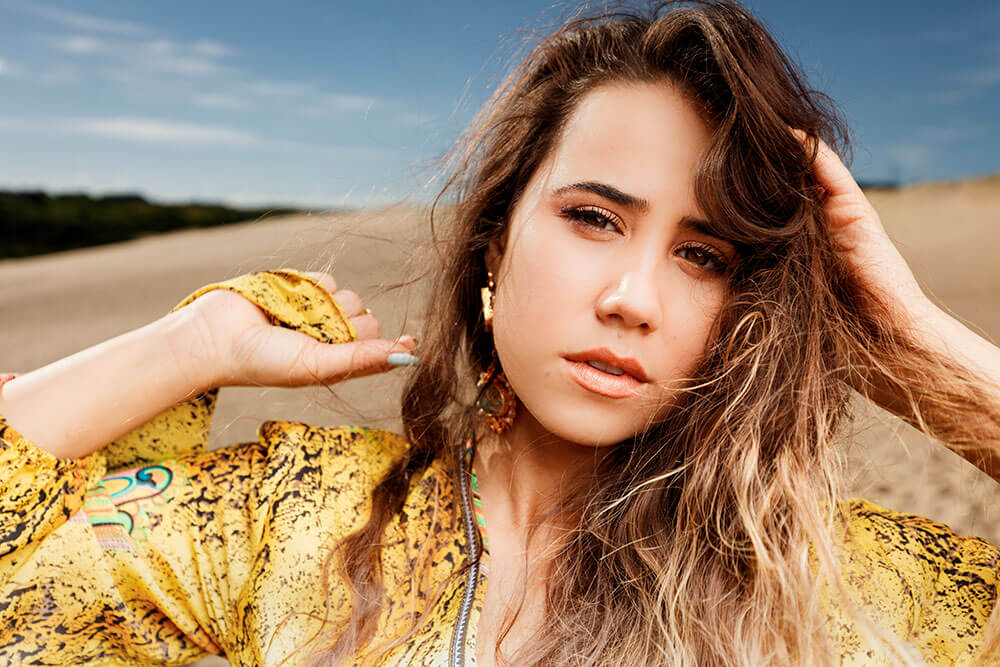
Learn the Lingo
Broadly speaking there are three different types of fashion photography: catalogue, editorial and high-end fashion. Catalogue and high-end fashion photography generally have a high production value and are typically shot in studios or with big sets on location. Editorial photography shoots most commonly run on location or around the streets to give the images a more natural lifestyle look.
Make sure you ask or find out what type of project you will be working on so you can start planning your shoot.
Create and Communicate Your Vision
I recommend building a vision board to help you visualise the look and style you want to achieve from your shoot. It’s also worthwhile creating a shot list with all the different angles and ideas you want to cover. As well as being useful for you as the photographer, vision boards and shot lists are also valuable collaborative tools to use with your team. Start your shoot by sitting down with the model, assistant, makeup artist and clothing designer to communicate your vision for the style of photographs you’d like to achieve on the day of the shoot. This is a practical way to get everyone involved on the same creative page and make sure your shoot flows as smoothly as possible.
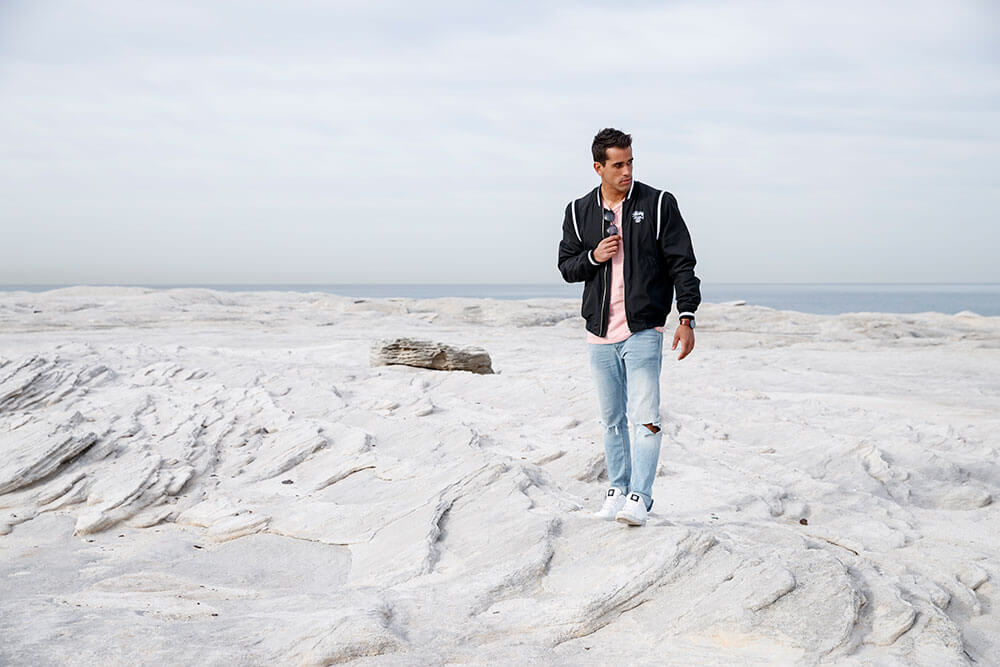
Choose and Visit Your Shoot Locations
With social media and an abundance of great apps to help you find geotagged locations, it’s relatively quick and easy to find exciting places to shoot. But don’t stop there. It’s important to visit your desired locations before the shoot and scout out the best spots at the same time of day you plan to shoot.
Different times of the year can change the way a location looks and feels. Just because you see an image of a big tree with lots of shade doesn’t mean it’s going to look that way on the day of your shoot. There might be construction going on in the area, for example, or the tree may have lost all its leaves. And what if the weather turns out to be awful—do you have a wet weather contingency plan? Planning ahead and knowing exactly where you can shoot is imperative.
Collaborate with Others to Bring Your Ideas to Life
Once you have the concept for your fashion shoot written down and planned, you can now start deciding which makeup artists, stylists and models you would like to collaborate with. Try to meet with everyone to discuss your ideas together and see what they can contribute to help enhance and bring your vision to life. The more people involved, the more creative your shoot can be. Communication is key here, so be sure to explain what everyone’s role is and work as a team.
Communicate with Your Model
Once you start shooting, it’s important that you encourage your model and show them the images you are creating as you go along. This will allow your model to see how the lighting is working with their different poses and will help them make adjustments. You will likely find that the more you communicate and involve your model in the creative process, the better your images will look in the end. Fashion photography is a team effort.
Shoot in Manual Mode
As with all forms of photography, when it comes to fashion shoots it’s important to know how to adjust your camera’s settings to achieve your desired look in the different environments you are working in. Get familiar with shooting in Manual mode and reading light, and learn how to employ flash photography to enhance the lighting in your scenes.
Use Lighting Gear and Natural Light to Your Advantage
Whether it’s natural or not, lighting can make or break a fashion photoshoot. Knowing when to use light shapers, reflectors and speedlites is an important skill for fashion photographers. They can give your photos either a natural or elaborate look depending on how you use them. There are also many different types of natural lighting scenarios (outlined below) and it is important to know how to get the most out of each.
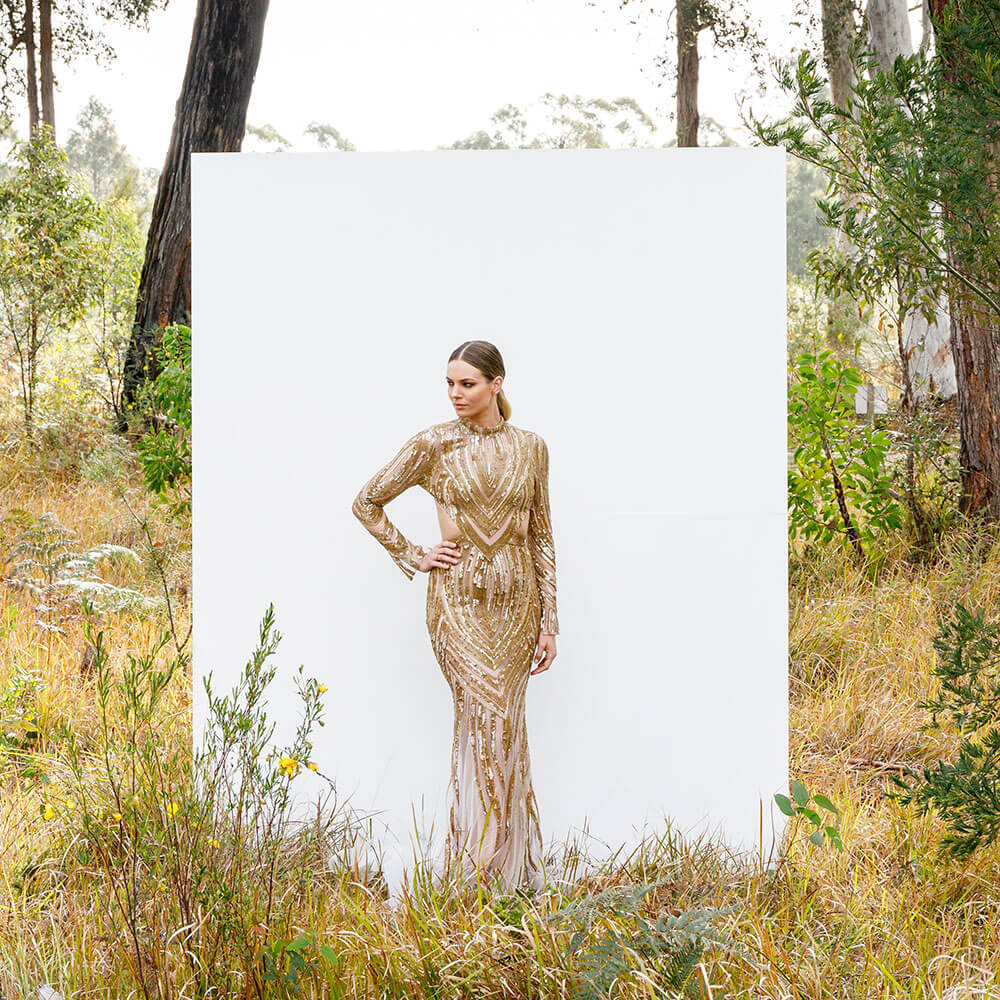
Flat Lighting (Overcast Days/Shady Spots)
Flat lighting is often easy to shoot in as it doesn’t change from the subject to the background. This type of light can be enhanced through the use of a flash to creating a more dynamic look and draw attention to the model.
Dynamic Lighting (Harsh Direct Light/Sunny Day)
Direct lighting can be used in a natural or creative way. You can shape and balance harsh light with a reflector. You may also consider using a strong speedlite or flash to overpower bright sunlight.
Don’t be afraid to work with dramatic shadows caused by strong sunlight as they can give your images more impact and enhance the story you are trying to tell.
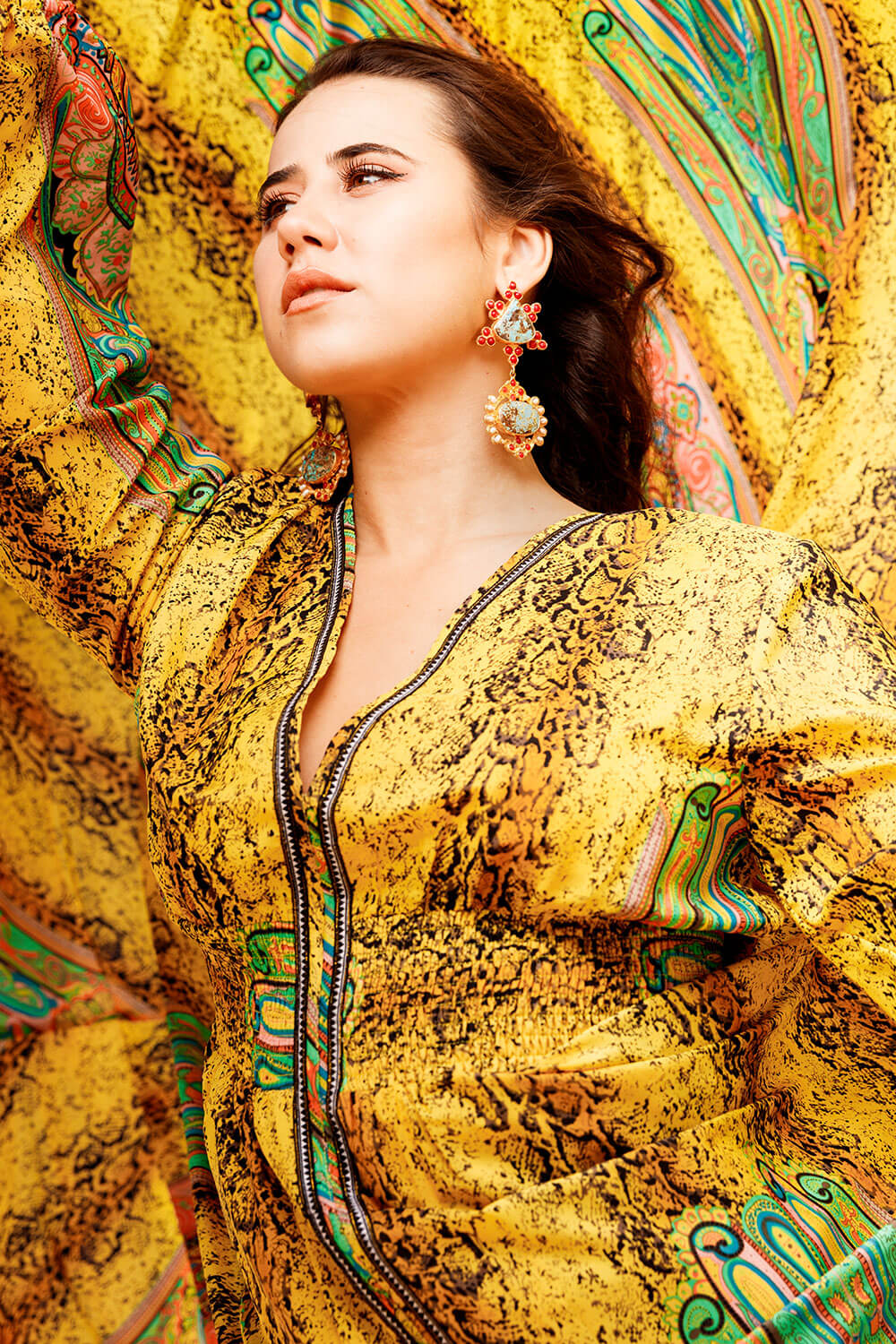
Dappled Lighting (Mixture of Direct Lighting and Shade, Amongst Trees)
This type of lighting can be difficult to work with at times. However, you can even it out by exposing for the highlights and balancing out the shadows with an on-camera speedlite. Alternatively, dappled lighting can be used creatively to highlight smaller details, such as earrings or makeup on a specific part of the model’s face.
Backlighting (Bright Light Source Behind the Subject)
Backlighting, or rim lighting as it’s also known, can assist in framing your subjects and create stunning halos around them. Shooting in backlit situations can be challenging as the camera may overexpose the background when exposing the subject. This is where you may want to use a reflector to bounce light back onto the subject from the front to balance out the overall lighting.
Use the Right Lenses for Your Fashion Shoot
Different lenses will give you a variety of different stylistic looks. Knowing which focal length will give you the look you want comes down to practice and shooting with different focal lengths on a regular basis.
If you’re trying to communicate the importance of the scenery as well as the model, use a standard zoom lens such as the EF 24-70mm F2.8L II. If you’d like to isolate your subject, using a longer lens, such as the EF 85mm 1.4 L IS, will introduce lens compression and blur out the background. Using a wide angle lens, like a EF 16-35mm F4 IS, from a lower angle can elongate the model to make them look taller or, depending on the lighting, more menacing.
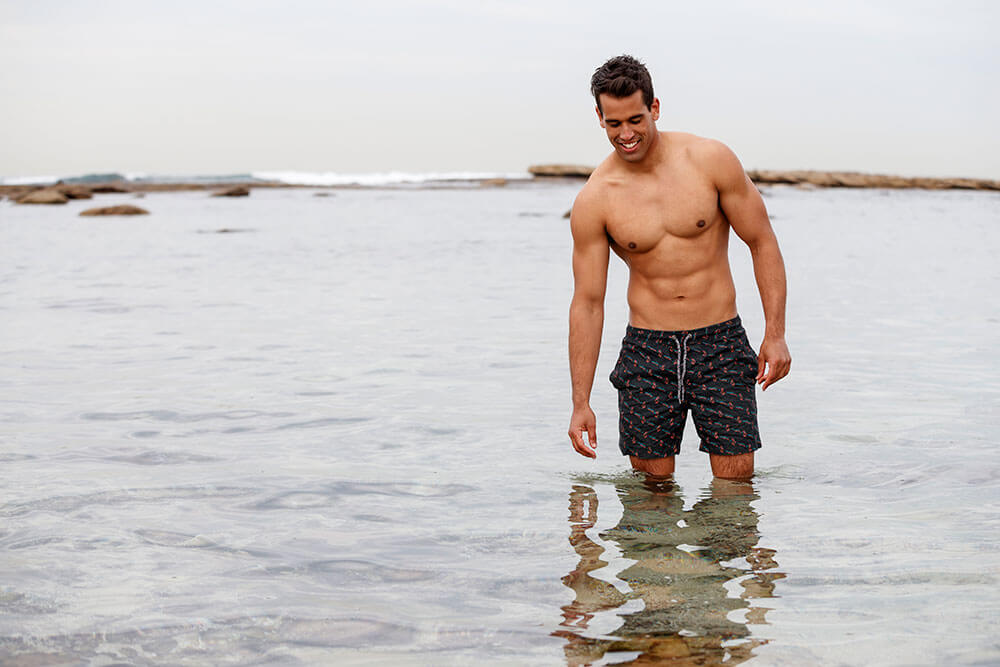
Snap Happy
When it comes to fashion photography, it’s always a great idea to shoot as much as possible. Some of the best poses and expressions come from models when they start to relax. By putting your camera in continuous shooting mode you can take a sequence of photos and make sure you capture the most unique moments, whether it be a more natural pose or a subtle but genuine smile.
Use a Grey Card for Colour Accuracy
Always carry a grey card with you when shooting fashion. A grey card is a photographic tool that indicates a neutral grey reference and allows you to accurately adjust colour in post-production. This is important to make sure you are accurately shooting the correct colour of the garments and accessories. When you arrive at a new shoot location you will need to take a photo of your model with the grey card to maintain accurate colour. Colour accuracy is very important to clothing designers and it is your job to make sure the photographs represent the exact colours of each garment. Every time you enter a different lighting situation, simply take another photo of the grey card. Once you are editing the images you can use the image of the grey card and use the colour picker in your editing software to select the correct colour balance to apply to all of your images in the series.
Monitor Your Histogram
Remember to watch your histogram, as you don’t want to overexpose the outfit or the model.
Review your test shots and make sure that the outfit is not losing information in the finer details.
You can select your histogram in live view when capturing the photo or when reviewing the photos on the back of the screen. You can access your histogram information by pressing and cycling through the "Info" button. Another way to make sure you aren’t losing information is to adjust your metering mode from Evaluative to Spot/Partial Metering. Partial/Spot Metering works off a smaller area of the middle of the frame to create a more accurate exposure reading of the subject.

Keep it Simple
It’s important to use this mindset when creating your look and finding your location. Beware of having too many distracting elements in the background of your images, as this can draw attention away from the subject and the clothing they are wearing. Simple backgrounds reduce distractions and make sure the attention is placed firmly on your model and the clothing. If you are shooting in a visually-busy scene, bring your subject away from the wall or background to create separation and make your subject stands out. This is a great way to make your images as dynamic as possible.

Play with Perspective
It’s important to change up your perspective as much as possible throughout your shoot.
Photographing your model from different angles, heights and dynamics can create a more dominant or more submissive persona, so be sure to play around with this to achieve the results you are trying to achieve.
Shoot with Confidence
Confidence is one of the most important characteristics you need as a fashion photographer as it helps you communicate your creative vision. You will also need to be confident and professional in order to direct your model into the best possible poses and lighting situations throughout the shoot. As always, confidence comes with practice and preparation. Once you have a clear vision for the story you want to tell and know exactly where and how you want to shoot, you will naturally feel more confident on set.
Enjoy Yourself
My final piece of advice is to be creative and give it a go! Think about the ideas you have for your shoot and try to evolve them. You will find many times when you are photographing that the environment or the location you are shooting in will inspire you to create different shots than what you had originally planned for. Always allocate extra time for these new ideas—it’s these spur of the moment sparks of inspiration that often lead to your favourite images.
For more photography tips and tutorial click here

See 10 of the most celebrated images of 2021 captured by the Canon Community.

To celebrate the end of the year, We’ve chosen 10 of our favourite images shared by the Canon Collective Facebook Community. The quality of imagery and discussions shared in the group continues to impress and inspire us everyday!

This year we've seen some incredible work come through from our community. Here are 15 of the most celebrated images of 2020.